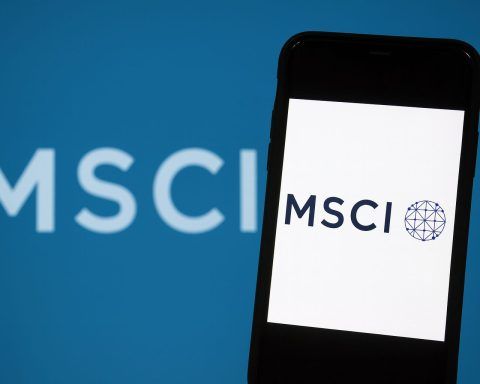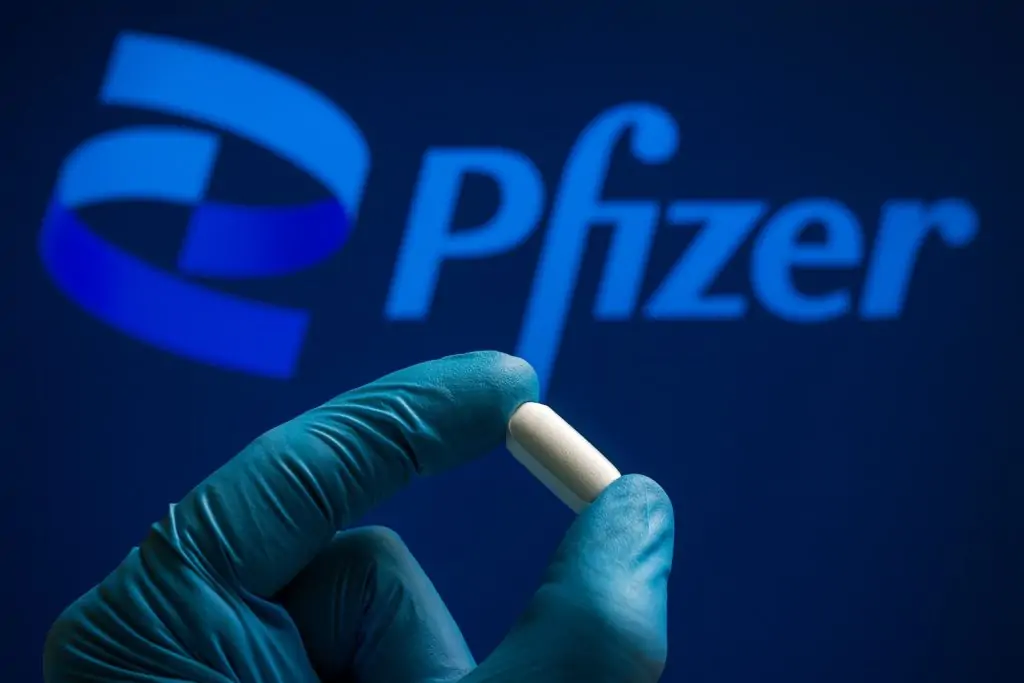LONDON / SEATTLE — November 17, 2025 — London-headquartered Ashurst and US firm Perkins Coie have agreed to merge in a landmark transatlantic deal that will create a top‑20 global law firm with around 3,000 lawyers and annual revenue of about $2.7 billion. Operating under the new brand Ashurst Perkins Coie, the combined outfit will span 52 offices in 23 countries, cementing its status as one of the largest law firms in the world. [1]
A New Top‑20 Global Law Firm
The merger is formally being described as a “combination of equals”, uniting two long‑established firms with more than three centuries of shared history into a single, globally integrated platform. [2]
According to statements published by the firms, Ashurst Perkins Coie will:
- Bring together 3,000 lawyers worldwide
- Generate approximately $2.7 billion (around £2.1 billion) in revenue
- Operate from 52 offices in 23 jurisdictions across Europe, North America, Asia‑Pacific, the Middle East and emerging markets
- Count over 450 lawyers recognised by Chambers and Partners, which would place it among the most ranked firms globally. [3]
That scale will propel the new firm firmly into the top 20 by global revenue, placing it alongside other recent transatlantic combinations and intensifying competition at the very top of the legal market. [4]
Why Ashurst and Perkins Coie Are Joining Forces
The strategic logic of the deal is straightforward: Ashurst wants deeper US coverage, particularly in technology‑driven work, while Perkins Coie wants a genuinely global platform for its blue‑chip client base.
The practice profiles are highly complementary:
- Ashurst is best known for complex cross‑border transactions, energy and infrastructure, financial services, and real estate work, with established strength in Europe, Asia‑Pacific and Australia. [5]
- Perkins Coie, founded in Seattle, is a go‑to firm for major technology companies and fast‑growth innovators, with deep capability in corporate, litigation, intellectual property, privacy, fintech, environmental and life sciences matters. [6]
In a joint press release, the firms frame the merger as creating a platform aimed squarely at sectors “shaping the future of the global economy”, with a particular focus on technology, energy and infrastructure, and financial services. [7]
Both firms have also leaned heavily into legal innovation and AI, investing in technology designed to streamline complex cross‑border mandates. The combined financial firepower of Ashurst Perkins Coie is expected to support further investment in AI‑enabled tools and data‑driven services, both for internal efficiency and as client‑facing solutions. [8]
Governance, Timeline and the Ashurst Perkins Coie Brand
The merged firm will trade under a single new global brand: “Ashurst Perkins Coie”, reflecting the “combination of equals” positioning and preserving both legacy names. [9]
Key leadership arrangements include:
- Global Co‑CEOs:
- Paul Jenkins (current Global CEO, Ashurst)
- Bill Malley (Managing Partner, Perkins Coie) [10]
- Co‑Chairs of the combined firm:
- Karen Davies (Ashurst)
- Brian Eiting (Perkins Coie) [11]
Rather than a single formal headquarters, the new firm will operate through “flagship hubs” in London, Seattle, New York and Sydney, supported by a network of offices in major financial centres such as Brussels, Dubai, Frankfurt, Hong Kong, Paris, Seoul, Shenzhen, Singapore and Tokyo. [12]
The transaction is subject to partner approval and customary closing conditions at both firms. If partners vote in favour, completion is expected in late 2026, with integration work ramping up over the next 18–24 months. [13]
For now, Ashurst and Perkins Coie will continue to operate as separate entities, while joint teams work through integration issues such as technology platforms, conflicts management, branding roll‑out and governance structures.
A Long‑Awaited US Play for Ashurst
For Ashurst, the merger represents the culmination of years of speculation about its US ambitions. The City firm has long been seen as under‑weight in the American market relative to peers, despite past talks with firms including Latham & Watkins and Fried Frank in the 2000s that ultimately did not produce a tie‑up. [14]
Recent coverage highlights several strategic benefits for Ashurst:
- A much stronger foothold on the US West Coast, particularly in technology, venture capital and digital‑economy work driven out of Seattle, Silicon Valley and related markets. [15]
- The ability to offer clients end‑to‑end support across project finance, infrastructure and energy deals that often combine US capital, Asian supply chains and European regulatory regimes. [16]
However, some commentators note that the merger does not immediately give Ashurst the kind of heavyweight New York presence many expected it to prioritise. Perkins Coie has a New York office, but its centre of gravity remains on the West Coast and in tech‑heavy markets rather than Wall Street‑style finance. [17]
That suggests a strategic bet: rather than chasing traditional New York M&A dominance, Ashurst Perkins Coie is leaning into a tech‑ and innovation‑led growth thesis, positioning itself as a global partner to “companies of tomorrow” in software, platforms, digital infrastructure and clean energy.
Perkins Coie Seeks Global Stability After Trump Clash
For Perkins Coie, the deal comes after a tumultuous political year in the United States.
In March 2025, US President Donald Trump issued an executive order targeting the firm over its past representation of 2016 Democratic presidential nominee Hillary Clinton. The order restricted Perkins Coie’s access to federal buildings, security clearances and government contracting work. [18]
Perkins Coie, alongside other firms that were similarly targeted, challenged the orders in court. A federal judge later struck them down as unconstitutional, although the administration has signalled its intention to appeal. [19]
Against that backdrop, the merger offers several advantages for Perkins Coie:
- Global diversification of revenue and client relationships, reducing exposure to any single political or regulatory environment
- A larger, more resilient platform that can absorb reputational or political shocks
- A chance to reframe the narrative around the firm as part of a forward‑looking global player rather than a domestic political lightning rod. [20]
Bloomberg Law and other legal industry outlets describe the tie‑up as giving Perkins Coie “stability” and “a genuine global home” after this unsettled period. [21]
What It Means for Clients: Tech, Energy and Finance at the Core
Client‑facing messaging around the merger is heavily focused on sector depth and cross‑border execution.
From the combined firm’s own description and today’s press release:
- Technology & Innovation
Perkins Coie brings its flagship relationships with major tech companies and its experience in emerging areas such as AI, digital assets, fintech and immersive technologies. [22] - Energy & Infrastructure
Ashurst contributes long experience in financing and delivering large‑scale energy, transport and infrastructure projects across Europe, the Middle East, Asia and Australia. [23] - Financial Services & Capital Markets
Both firms boast strong financial regulatory, banking, and capital markets practices, with the new platform designed to handle deals that cut across multiple regulatory regimes and asset classes. [24]
With 52 offices across 23 countries, including key hubs in London, Seattle, New York, Sydney, Hong Kong, Singapore, Dubai, Frankfurt and Paris, Ashurst Perkins Coie is positioning itself as a one‑stop shop for cross‑border mandates in these sectors. [25]
The firms also highlight that more than 450 of their lawyers are ranked by Chambers and Partners, placing the combined firm near the top of global tables for individually recognised practitioners. [26]
Talent, Trainees and Pay: Big Questions for the Next Generation
Beyond clients, the merger will be watched closely by junior lawyers, trainees and law students on both sides of the Atlantic.
According to Legal Cheek’s breakdown:
- Ashurst currently offers around 38 training contracts in London each year.
- Perkins Coie has so far run a small London training programme of roughly four trainee places annually. [27]
On pay, the gap is striking:
- Ashurst recently increased newly‑qualified (NQ) salaries to about £140,000 in London.
- Perkins Coie’s London NQs are understood to be paid at market‑topping US‑firm rates of roughly £180,000. [28]
The firms have not yet announced how trainee intake numbers or salary scales will be harmonised post‑merger. For junior lawyers, key questions include:
- Will Ashurst Perkins Coie unify NQ pay toward the higher US‑style scale, or maintain regional bands?
- How will secondments and rotations work across flagship hubs like London, Seattle, New York and Sydney?
- Will the combined firm increase trainee places to match its expanded global footprint, or rationalise training programmes?
With both legacy firms reporting similar profits per equity partner (around $1.8 million) and healthy recent revenue growth, there is financial room to be ambitious on talent strategy. [29]
Part of a Broader Big Law Merger Wave
The Ashurst–Perkins Coie tie‑up is the latest in a series of headline‑grabbing transatlantic mergers:
- The Allen & Overy–Shearman & Sterling combination, completed in 2024, created A&O Shearman.
- Herbert Smith Freehills announced its own link‑up with Kramer Levin earlier in 2025. [30]
Taken together, these deals mark a distinct consolidation trend at the top end of the market, driven by:
- The need for global coverage across key financial and regulatory centres
- Pressure to invest in AI, knowledge systems and alternative delivery models at a scale many mid‑tier firms cannot easily match
- A client demand shift towards fewer, deeper relationships with firms that can handle everything from high‑stakes litigation to cross‑border transactions and regulatory risk.
Ashurst Perkins Coie arrives as one of the largest US‑UK combinations since A&O Shearman, signalling that the race for scale and sector depth is far from over. [31]
Integration Challenges and Regulatory Hurdles
Despite the upbeat messaging, the merger faces significant execution risk.
Regulatory and Partner Approval
The deal must clear:
- Partner votes at both firms
- Various regulatory and professional‑body approvals in multiple jurisdictions
- Potential scrutiny from governments and regulators, particularly given Perkins Coie’s recent clash with the US administration. [32]
Cultural and Operational Integration
On the operational side, challenges will include:
- Aligning compensation systems and partnership structures across very different legacy cultures
- Integrating technology stacks, document management systems and AI tools while maintaining client‑grade security
- Managing conflicts of interest, especially where Perkins Coie’s big‑tech clients intersect with Ashurst’s financial‑services and infrastructure clients.
Reuters reports that the combined firm currently has “no intention at this stage” to open more offices, hinting at a cautious approach to further expansion while integration beds in. Over time, however, office rationalisations or targeted openings cannot be ruled out as the firm reviews its global footprint. [33]
What to Watch Next
As Ashurst Perkins Coie moves from announcement to execution, several milestones will be closely monitored by clients, competitors and the wider profession:
- Partner votes and final approvals
- Timing and margin of approval will be a key barometer of internal support. [34]
- Brand roll‑out and client communication
- Expect a coordinated rebranding campaign and focused outreach to major clients in tech, energy and financial services.
- Talent moves and lateral hires
- Rivals will be watching for any partner departures or high‑profile lateral hires as the merger progresses.
- Strategic bets in New York and Silicon Valley
- Whether Ashurst Perkins Coie doubles down on West Coast tech or invests further in New York finance will say a lot about its long‑term positioning. [35]
- Further consolidation ripple effects
- This deal may spur copycat mergers or defensive combinations among mid‑tier US and UK firms worried about being squeezed between megafirms and specialist boutiques.
For now, the message from both leadership teams is clear: Ashurst Perkins Coie wants to be seen as a future‑facing global powerhouse, built to serve clients at the intersection of technology, capital and infrastructure in an increasingly complex world. [36]
References
1. www.reuters.com, 2. www.prnewswire.com, 3. perkinscoie.com, 4. www.reuters.com, 5. www.legalcheek.com, 6. perkinscoie.com, 7. perkinscoie.com, 8. perkinscoie.com, 9. www.reuters.com, 10. www.reuters.com, 11. perkinscoie.com, 12. www.legalcheek.com, 13. www.reuters.com, 14. www.nonbillable.co.uk, 15. www.nonbillable.co.uk, 16. perkinscoie.com, 17. www.nonbillable.co.uk, 18. www.reuters.com, 19. www.reuters.com, 20. www.reuters.com, 21. news.bloomberglaw.com, 22. perkinscoie.com, 23. perkinscoie.com, 24. perkinscoie.com, 25. perkinscoie.com, 26. perkinscoie.com, 27. www.legalcheek.com, 28. www.legalcheek.com, 29. www.nonbillable.co.uk, 30. www.reuters.com, 31. www.nonbillable.co.uk, 32. www.reuters.com, 33. www.reuters.com, 34. perkinscoie.com, 35. www.nonbillable.co.uk, 36. perkinscoie.com










